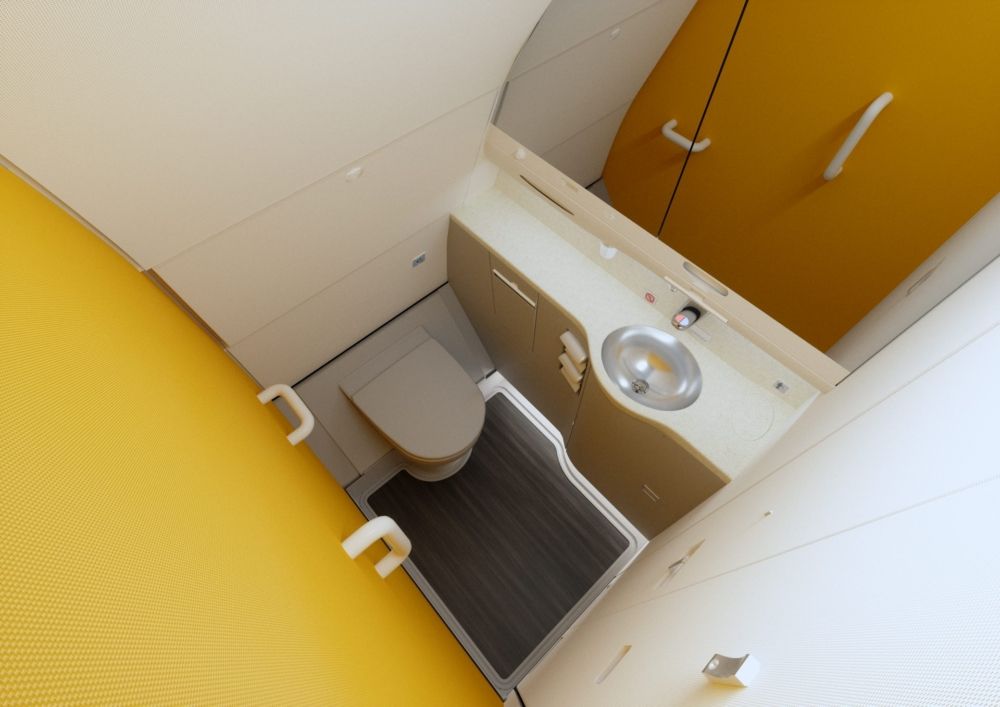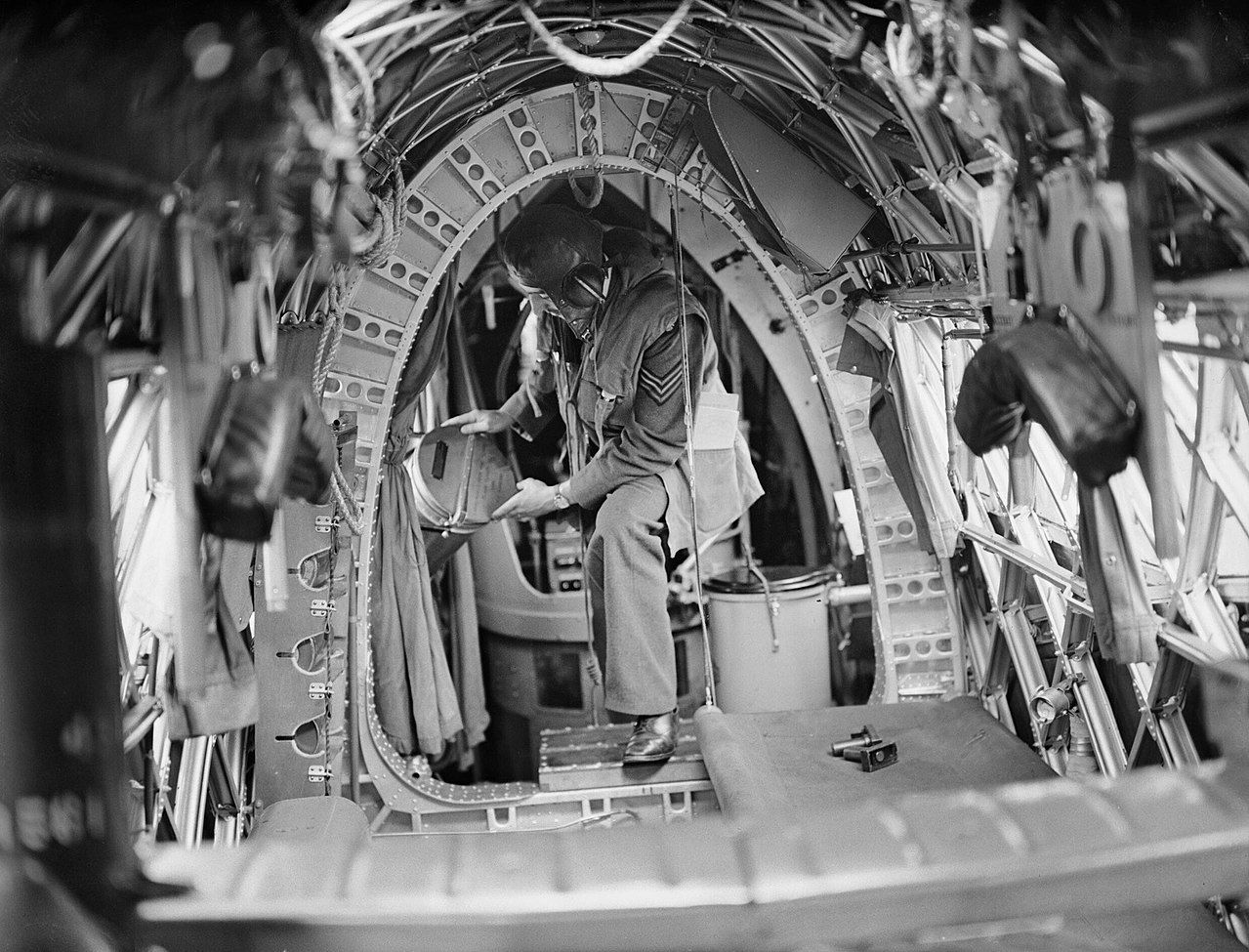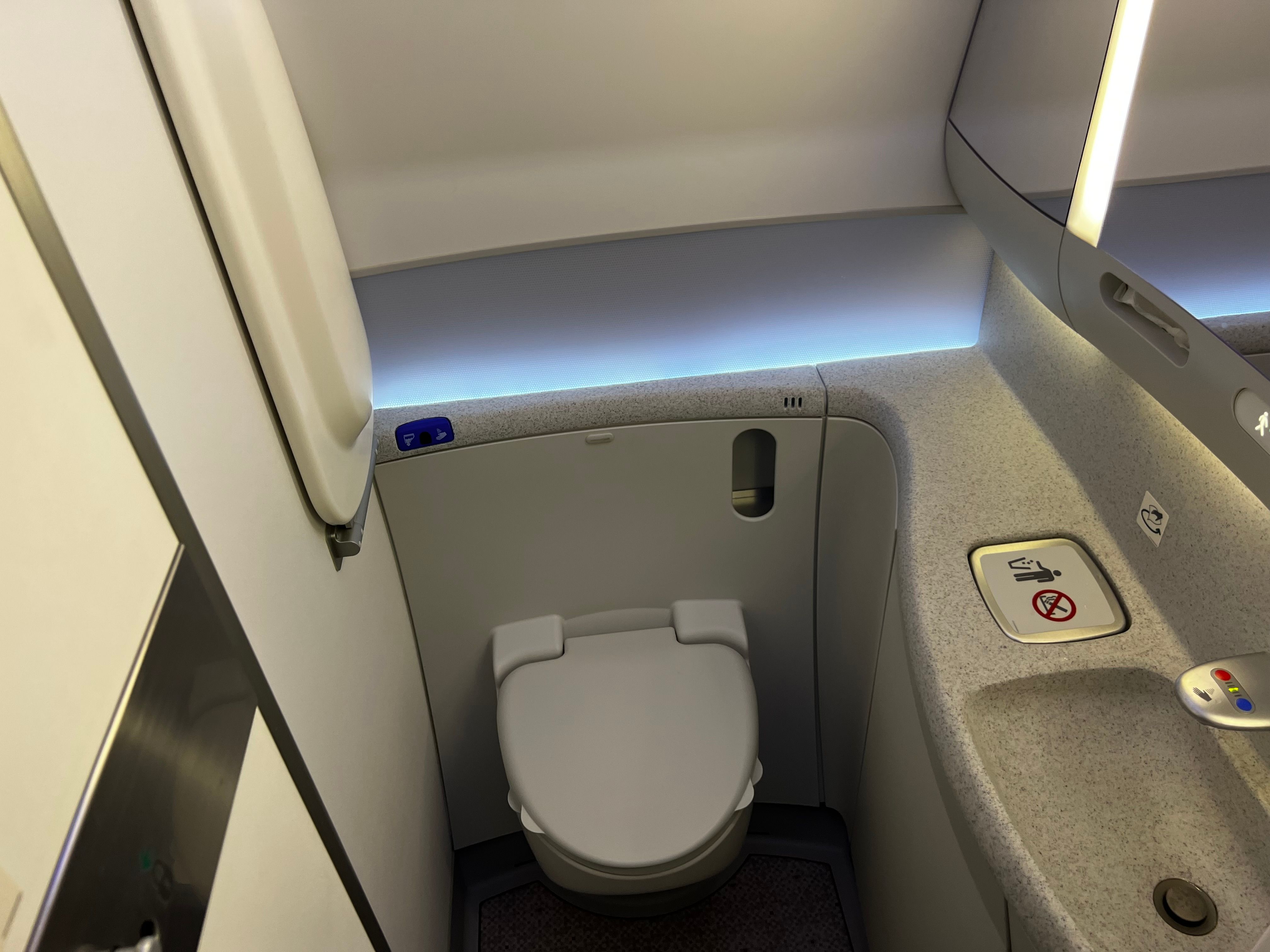We’ve all used them, willingly or not, because when nature calls, it doesn’t care if you’re 35,000 feet in the air or not. But have you ever wondered exactly what happens when you flush the airplane toilet? Where does it all go, and how does it work? Why is it so loud? Do frozen poops really fall from the sky? Here’s everything you never knew you wanted to know about the lav on the plane.
The frozen poop myth
Let’s begin with addressing the elephant in the room – the stories of frozen poops falling from the sky. Way back when, the earliest airplane toilets were very basic – often just a bucket with a seat. Back in those days, the crew would simply hurl the contents out of the window, with little regard for the impact on people below. But that was a long time ago, and things have moved on.
And yet, we still hear stories of frozen poops falling from the sky and damaging cars, houses and other objects on the ground. This is not because airlines are allowed to dump toilet waste outside the plane while in flight – indeed, crews do not have a mechanism to do this. However, leaks do sometimes occur in septic tanks, which can create a problem.
Known as ‘blue ice’, the name given to a mixture of frozen sewage and liquid disinfectant which gives it its blue coloring, cases of ice fall like this are rare. The UK’s CAA reports just seven icefall events in 2017, out of 2.5 million flights in UK airspace. Most of these were regular ice, forming at high altitudes and breaking off as the plane descends into warmer air. But there are documented cases of frozen feces encased in ice landing in residential areas – so, it is true that frozen poops can fall from the sky, but it’s very, very rare.
Moving to a real toilet
As air travel became more sophisticated, airlines introduced a proper toilet using Anotec – a disinfectant and deodorizing liquid that was a vivid blue color. It was applied around the bowl and then helped to move the waste into the storage tanks after a flush. However, it was not without its problems.
Anotec contained formaldehyde compounds, which are seriously irritating to the skin and eyes. Added to this, airlines had to carry hundreds of gallons of the stuff on their flights, adding weight, decreasing passenger load and negatively impacting the potential for profit.
The modern loo
The modern aircraft toilet was designed by James Kemper in 1975, featuring a nonstick bowl, a small amount of disinfectant known as Skychem, and a powerful vacuum. The cause for the loud noise while flushing is due to this vacuum system.
The vacuum toilet works by opening a valve into the sewer line and the vacuum sucks all the waste into a tank using very little water. The speed at the vacuum sucks the contents of the bowl into the tank has been clocked as moving faster than a Formula 1 race car!
This vacuum toilet first got installed on Boeing planes in 1982, and has become the norm for commercial aircraft today. These toilets are much lighter and use a lot less water the siphon toilets (like you have in your home) and remove the need to carry gallons of heavy chemicals onboard.
When you flush, the trap door in the toilet bowl opens and Skychem arrives in the bowl. The vacuum activates and forces the contents of the bowl down into the waste pipes. These pipes feed through to a storage tank at the rear of the plane. This storage tank collects all the waste from the flight and keeps it here until the airplane arrives at its destination.
The tank is emptied by specialized service trucks once the plane has landed. The trucks attach a hose to the aircraft and suck out all the waste. After it is clear, a new hose gets attached to clean the tank with the disinfecting product.
And it’s a lot of waste they have to clear too. According to Readers Digest, on a long-haul Boeing 747 flight, the toilet is flushed around 1,000 times. This creates some 230 gallons of sewage! That’s a whole lot of poops.
Source: Readers Digest



